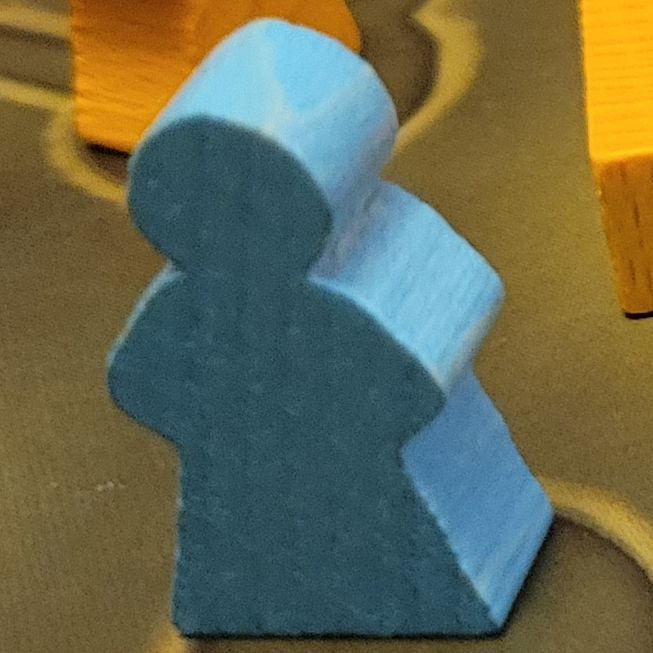

Right, Muse is essentially an interactive AI video of a game. You can change something about the gameplay and see what might happen if the player encountered it. Not terribly useful at this time.


Right, Muse is essentially an interactive AI video of a game. You can change something about the gameplay and see what might happen if the player encountered it. Not terribly useful at this time.


Okay but these models are actually pretty interesting when you dive in. Useful yet? Not by a long shot (I’m guessing decades, not years of work). But interesting nonetheless.


Yep, I’m publishing one now, and working on a couple more for later this year hopefully.


Been toying with a few original games this week actually. I’m particularly excited about one of them!


You know who wouldn’t have missed a word there? ChatGPT.
(Not saying it would’ve written a better article but AI is typically good at not making silly typos like humans.)


And let’s be honest, a certain percentage of junior devs never do learn. That’s always been the case, AI or not.
I work a lot with AI images, you just get a sense for it over time. It is getting harder over the years as things improve however.
It’s certainly better than most! For instance the text looks excellent. Look at the scientist’s eyes for a clue - one of them has a suspicious white circle while the other doesn’t, and the asymmetry does not seem to be intentional.
Looks like an AI generated image to me. Lots of strange artifacts an artist wouldn’t create. And there’s something uncanny about the stippling pattern I’ve seen before in AI images.


Civ games usually need a couple months/years to bake before they get as good as their predecessors.
Seems half-baked. Well unbaked really. They make a shit ton of assumptions that I’m not sure are true.
For example, why do they assume 90% pulverization efficiency of the basalt? Or is that a number they just pulled out of their ass?
And does ERW work if the pulverized rock is in a big pile on the sea floor? Or would we have to dig the highly radioactive area up and spread it around the surface?
And does the radioactive water truly stay at the site of the explosion? Or will it be spread through the entire ocean via currents?
Cool concept but, like, maybe we should check the assumptions a little harder?
Nuclear explosions are inherently unsafe…
…but fuck them fish!
You have 4? I only have 2!


The open paper they published details the algorithms and techniques used to train it, and it’s been replicated by researchers already.


It’s trivial compared to the compute they dedicate to AI models. Like, not even a rounding error.


The hell? There’s no reason to use plain HTTP instead of HTTPS.
And symmetric encryption is wildly irresponsible as well.


Yeah I was being a little sarcastic. I agree that using a single lightweight framework is ideal.
Runtime js for rendering your page is still bad for performance of course. Best to use static html where possible.


I got bad news for you… htmx is written in JavaScript.


You must have a lot of memory, sounds like a lot of fun!
Sounds like it’s time to leak a bunch of politician nudes to show them why encryption matters.